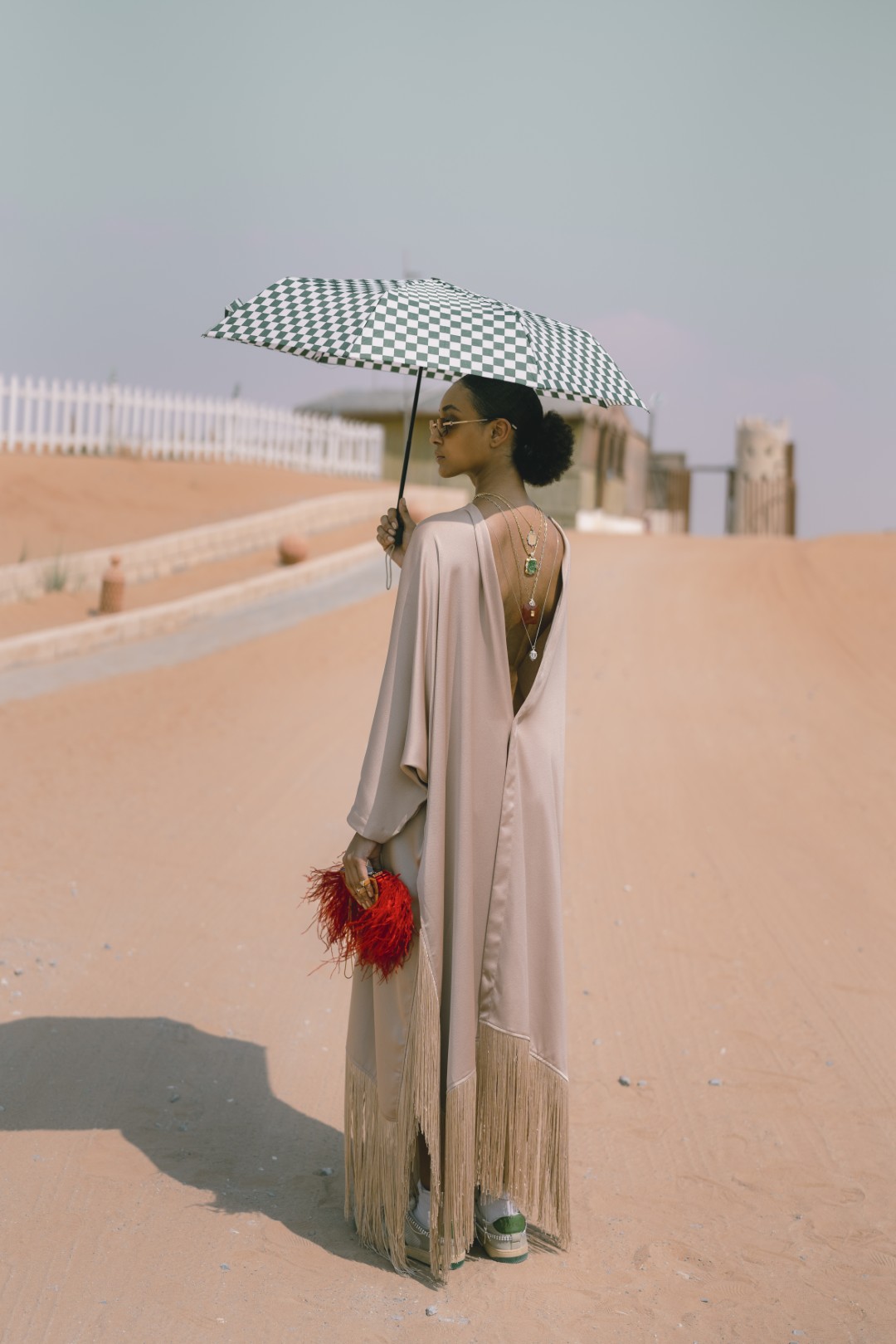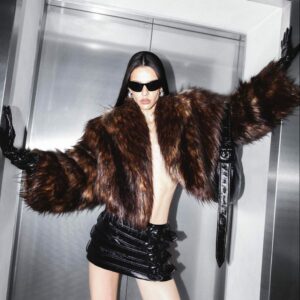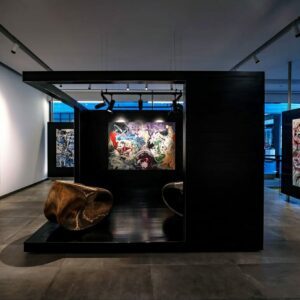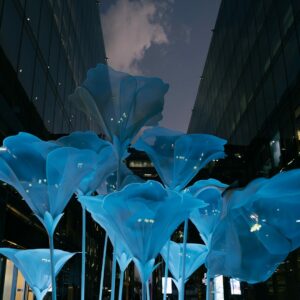The FAME Collective (Instagram) has a way of draping a room in its own current. The region’s first female-led platform for contemporary art, collectible design, fine jewellery, and luxury fashion, FAME operates as both an exhibition space and a social enterprise, giving female artists and designers a stage on which to tell their stories. It’s not just about clothes (though the clothes demand a double take), or about jewellery (even if the pieces glitter in your memory like afterimages). It’s a zesty cocktail of a pop-up world. “FAME was a needed space exclusively for women from our region,” Lara Jabara, the founder and creative director, says to YUNG. “It’s a home for women to come together, learn from one another, and celebrate each other and most importantly, themselves.”

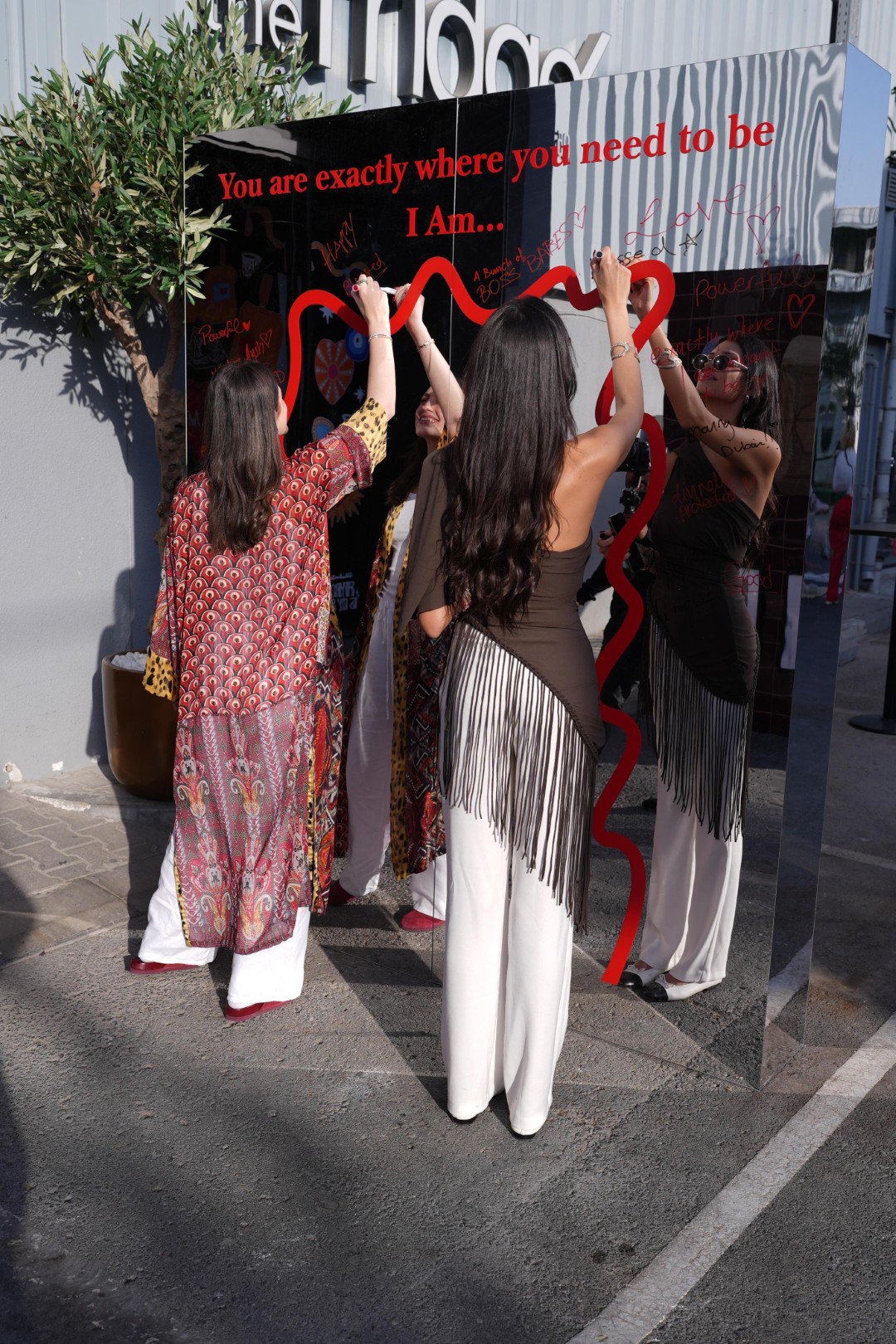
Straddling life between the East and the West, Jabara learned early on that identity is rarely fixed. At times it felt like walking between two worlds, but the duality also gave her a sharper lens to see the richness of her heritage and the gaps where it was too-often overlooked. That very tension became a source of curiosity, pulling her closer to the stories and artistry that surrounded her. She remembers being shaped not only by the work of talented Middle Eastern women who rarely received their due recognition, but also by the everyday encounters that made culture tangible — the street artist around the corner, her aunt’s trove of vintage jewellery and the ateliers where it was handmade, the chipped tiles along her walk home. “Art and culture were everywhere I looked, and in every woman I spoke to,” she reflects, “from my Teta’s cooking to our local khayata, and so much more.”
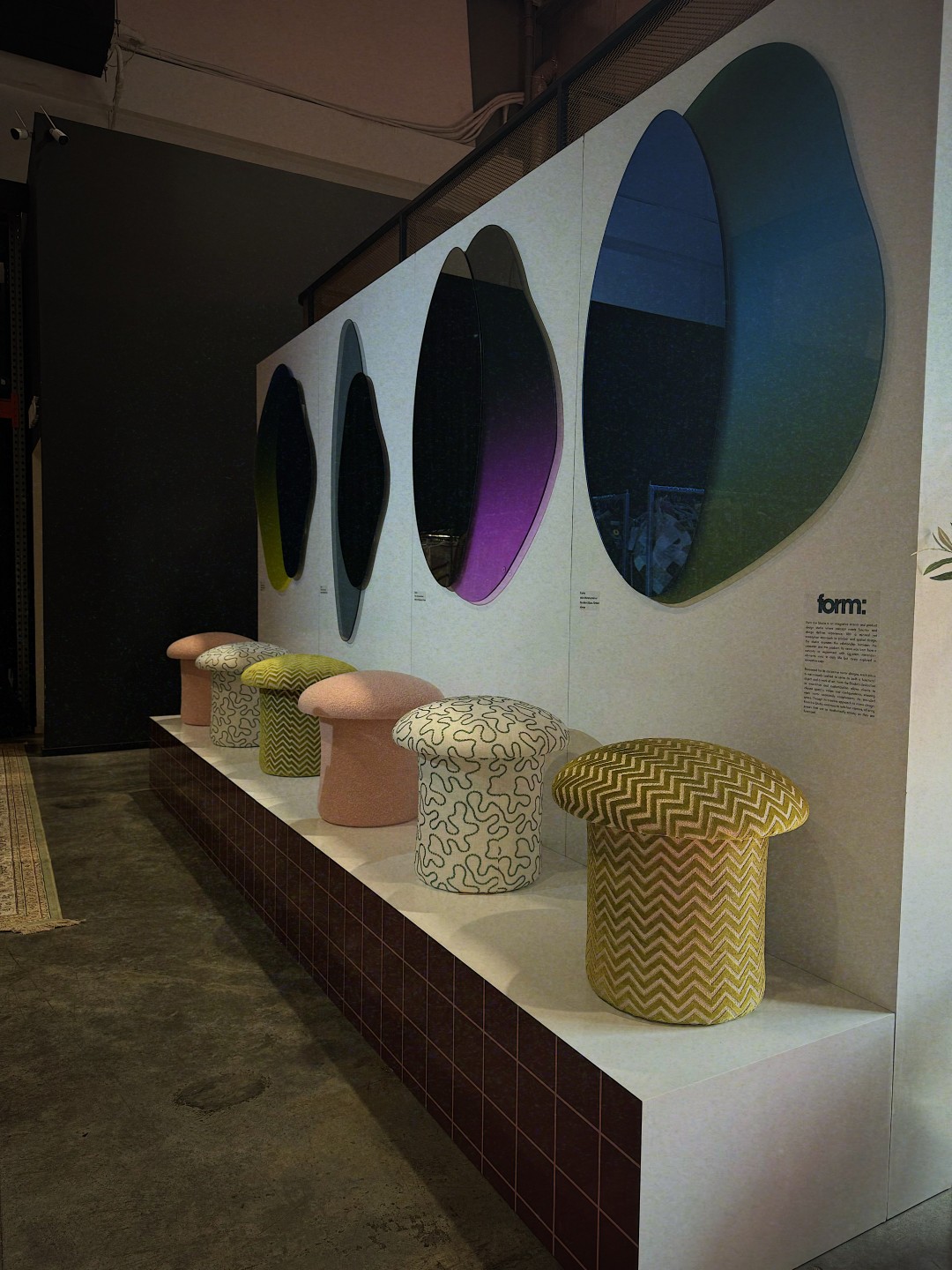
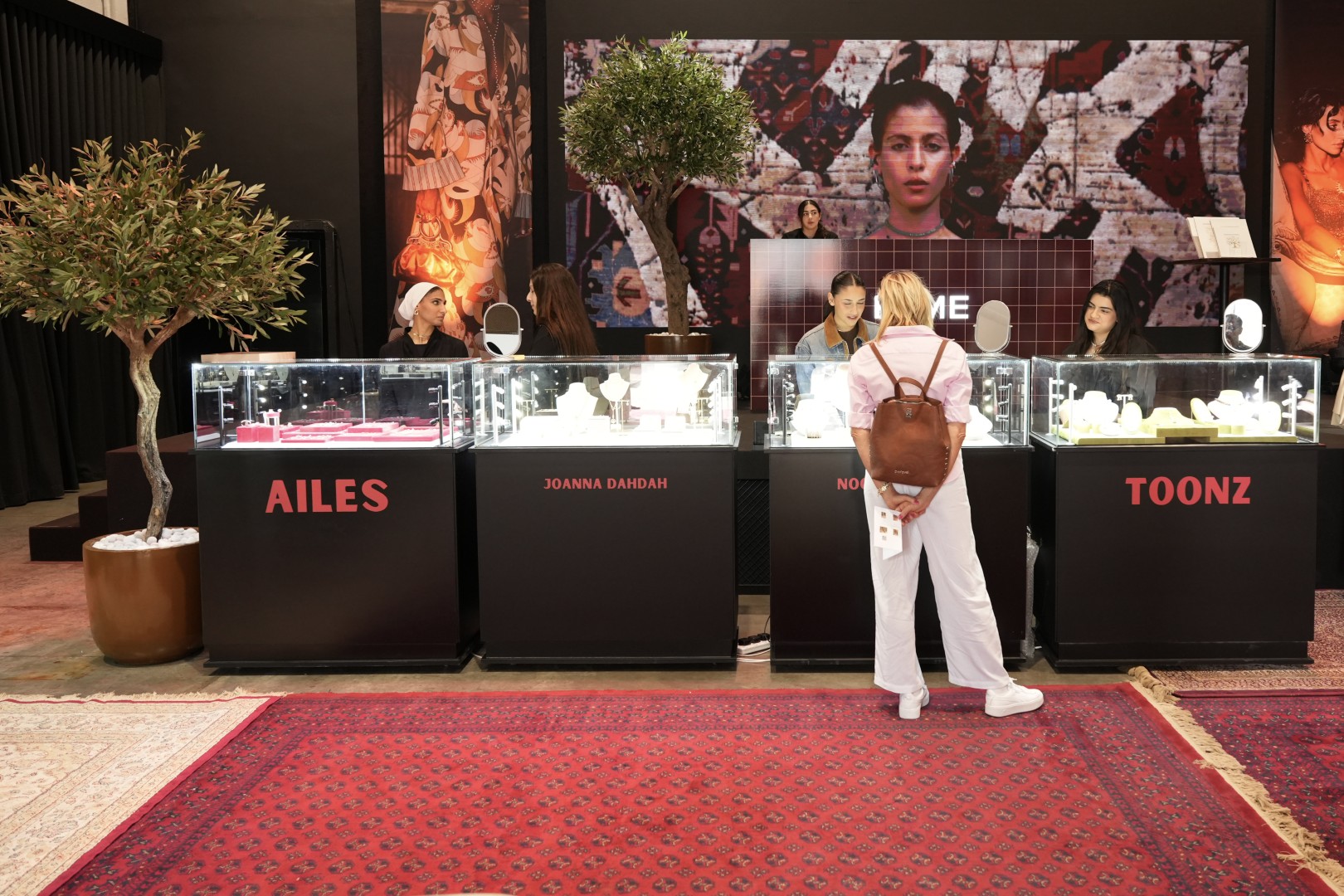

With so much of global art still rooted in a Eurocentric lens, preserving regional nuance while growing FAME internationally is both the challenge and the mission. “We create context around the work so that audiences abroad understand the history, symbolism, and lived experiences behind each piece,” she explains. “This way, the art doesn’t lose its texture or meaning when it leaves the region. Instead, it gains new resonance by being placed in conversation with other cultures.”
For her, nuance also means refusing to flatten the Middle East and North Africa into a single, monolithic identity. “The region is incredibly diverse, and part of our role is to showcase that spectrum, celebrating both the shared threads and the distinct cultural expressions within it.” With 70+ designers and artists from all around the region across several mediums, there is no one-size-fits-all approach to the collective’s curation. “Great design goes far beyond surface aesthetics, it carries a distinct voice and personal narrative,” she says. “That narrative might be rooted in the preservation of cultural heritage, a dedication to sustainable practices, material experimentation, or the intimate retelling of a personal journey.”

Equal parts style laboratory, art incubator, and magnet for the city’s next big muses, The FAME Collective was never about fitting into the region’s existing cultural mould, and it’s home to brands and studios like Bil Arabi, Form the Studio, Jessica K, Jude Benhalim, and Okhtein, and artists like Farida El Bustani, Tasneem Al Sultan, and Yasmine El Hazek. Clothes, events, art, and sculptures are simply the tools — the real output is a sense of belonging for Arab talent that refuse to be boxed in. “For FAME’s curatorial language, this identity translates into a layered aesthetic that resists stereotypes. These layers unfold in traditional motifs with experimental forms, archival references with modern trends, and regional narratives with transnational dialogues,” she says. Jabara describes the magic of pairing a handwoven textile with an architectural piece of jewellery, or reimagining a centuries-old motif inside a futuristic frame. The imagery is designed to hold contrasts side by side, echoing the layered, multifaceted life of the FAME Woman. For her, heritage and innovation are not opposites but two threads of the same story.
Through their exhibitions, styling, and visual storytelling, they position the modern MENA woman not as an object to be defined, but as a subject and the author shaping the cultural conversation with them. FAME has never shied away from questioning the boundaries imposed on women and artists in the region. “There are longstanding expectations about what art and design ‘should’ look like, often tied to conservative social norms,” Jabara says. Through the platform, she seeks to reclaim those spaces by placing the spotlight on daring, unconventional voices that honour cultural roots while also pushing against the grains. Traditional craftsmanship and motifs are not rejected but restructured, placed into contemporary contexts that speak to modern identities.
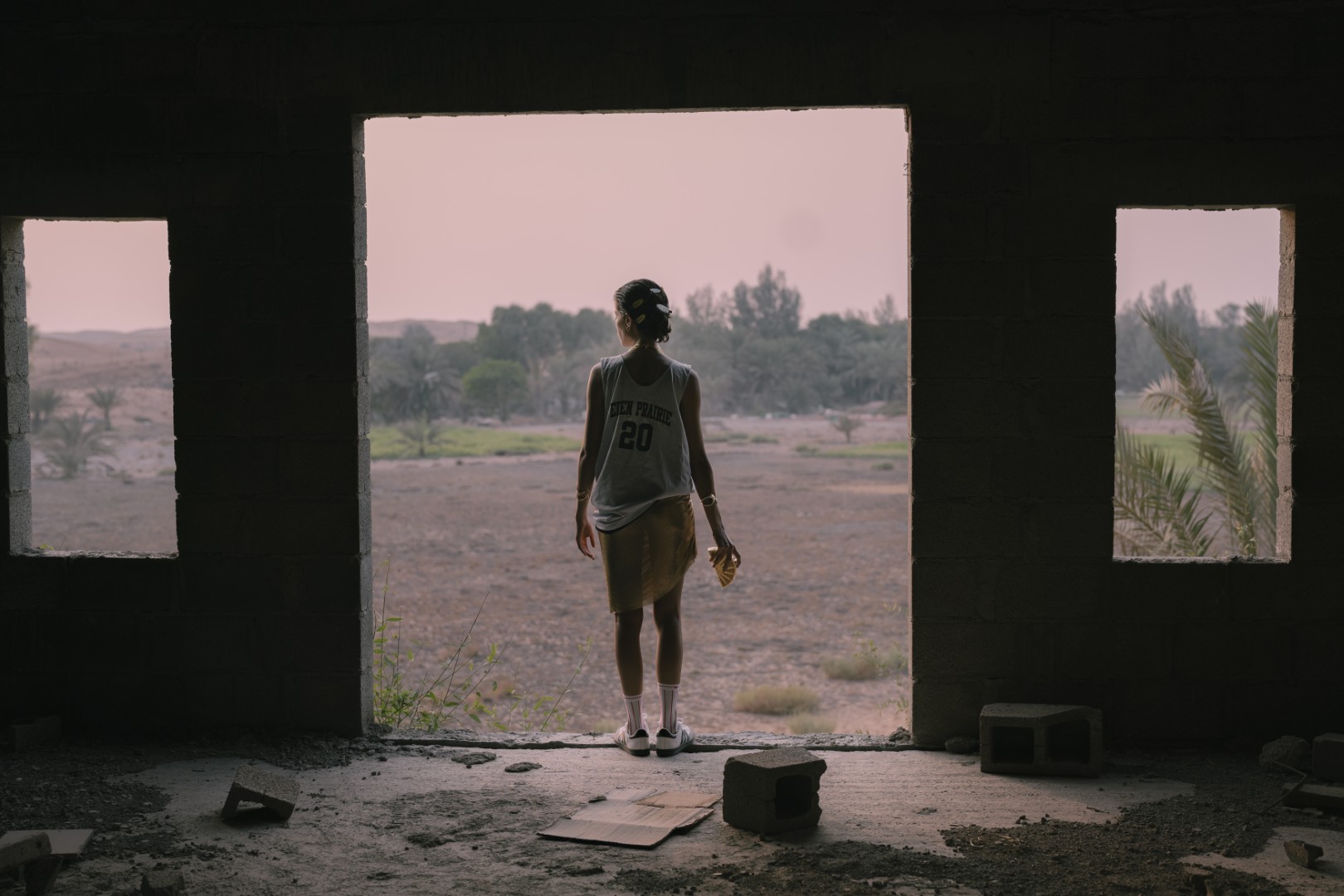

For women, that act of subversion is even more personal. “I often get asked, ‘what type of woman are you targeting?’” she recalls. “And I ask, why does society keep dividing women into categories? I want a space where women from different backgrounds can come together, find common ground, and see themselves reflected in one another.” That, for Jabara, is where the power lies: in building a community where female creativity thrives beyond labels, and where taboos give way to connection, authenticity, and change.
FAME sees art as a catalyst for social change, one that reinforces a cycle of opportunity, by collaborating with initiatives like Stand for Women and Palestinian artists such as Dana Barqawi. For Jabara, giving back isn’t a separate ‘arm’ of FAME; it’s embedded in its DNA. “There was a moment during our recent pop-up in Dubai when I stepped back and saw women from completely different backgrounds – artists, designers, students, mothers huddled together, trading stories, phone numbers, and ideas for future collaborations,” she gushes. Later, Jabara saw two of these women launch a joint project they had spoken about that day.
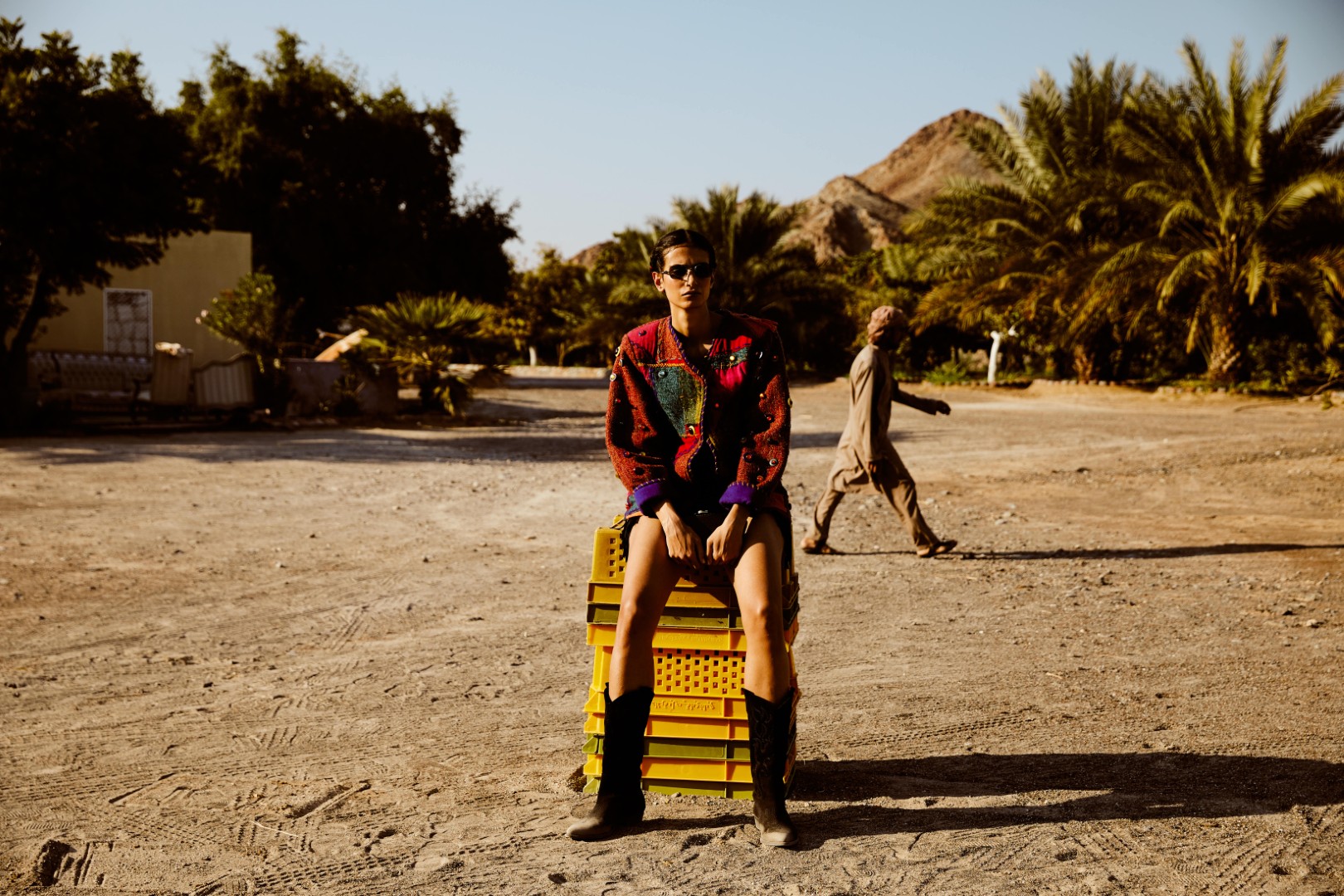
Moments like that made it clear that FAME’s impact doesn’t end when the lights go out; it continues to live in the bonds and projects that carry forward. “That’s when I thought this is why we do what we do. When you create a space where women feel seen, heard, and celebrated, they don’t just consume culture, they create it together.” It was proof that the collective had become more than a stage; it had become an engine for women to fuel each other’s growth. “It hit me that FAME wasn’t just an event or a platform, it was a catalyst for relationships and possibilities between women from our region that would ripple far beyond our space.”
The setting, after all, shapes the story just as much as the people inside it. “I look for spaces that carry their own character and can act as co-authors of the experience.” That might mean staging a pop-up inside Venieri Maison, a 150-year-old townhouse in Mykonos, or choosing a sleek, modern venue for the sake of contrast. The philosophy is simple: FAME doesn’t appear in predictable white-walled galleries but in spaces that add their own texture to the story.
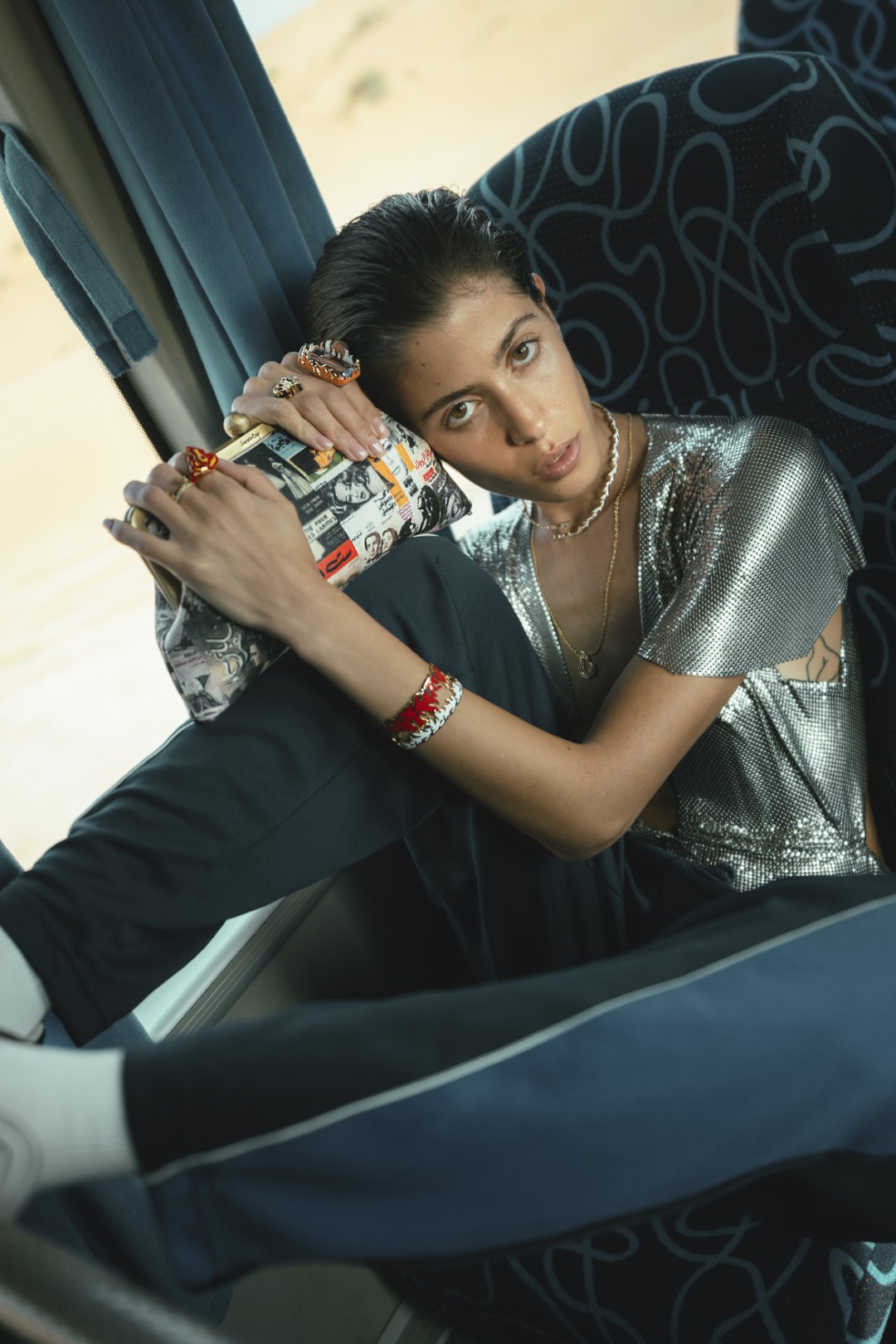
If FAME had a mood board you could step inside, it would be scented with sandalwood incense, washed in the colours of a sunset, and soundtracked by a playlist that drifts between Fleetwood Mac, Fairuz, and house music. “It’s a mix I love personally, and one the girls always resonate with at our pop-ups,” Jabara says.
For more stories of art and culture, visit our dedicated archives.
